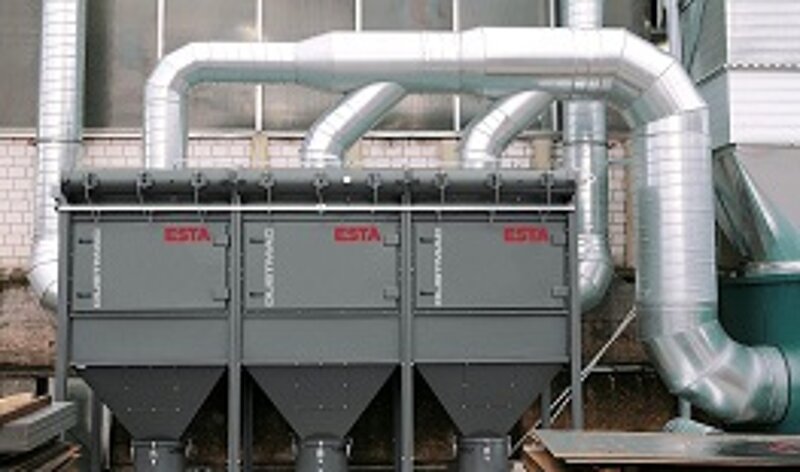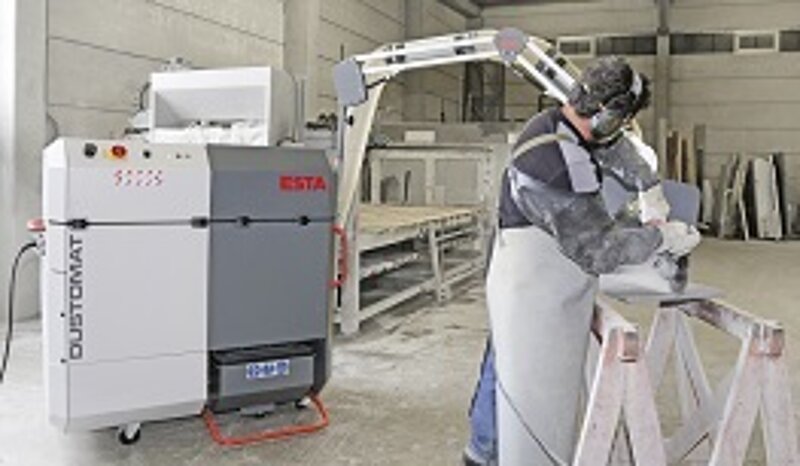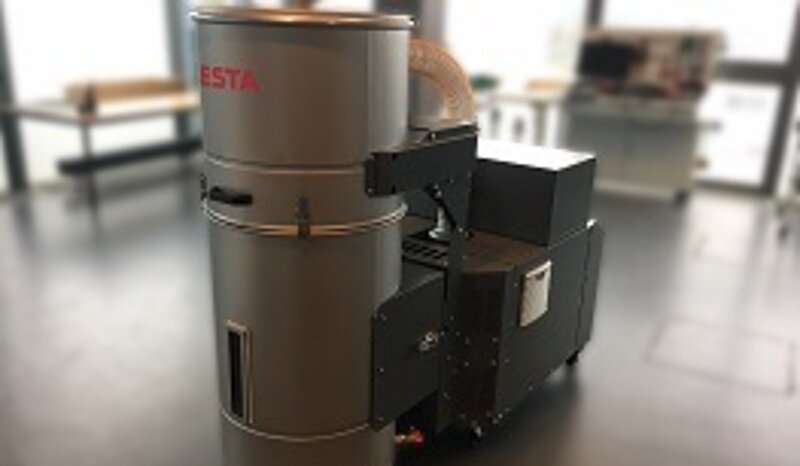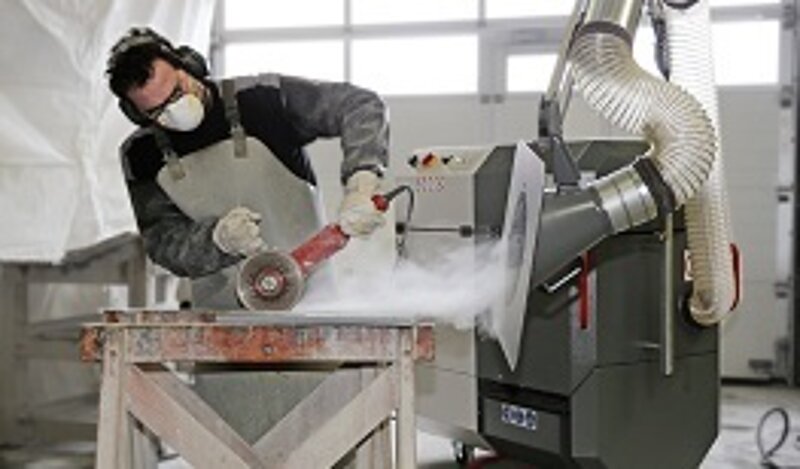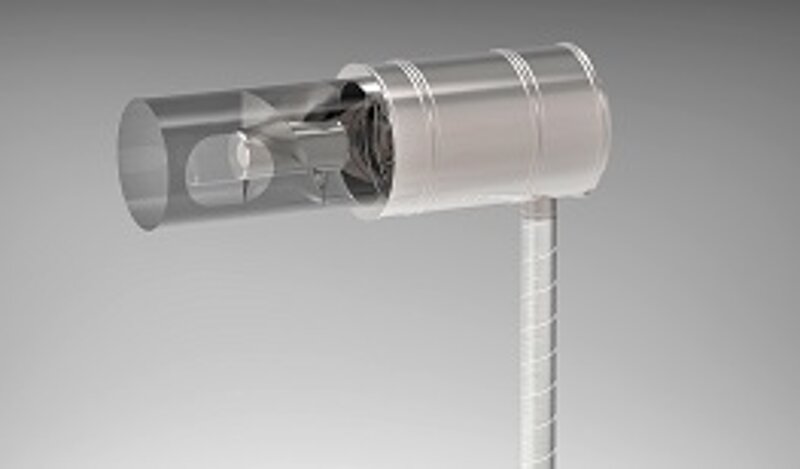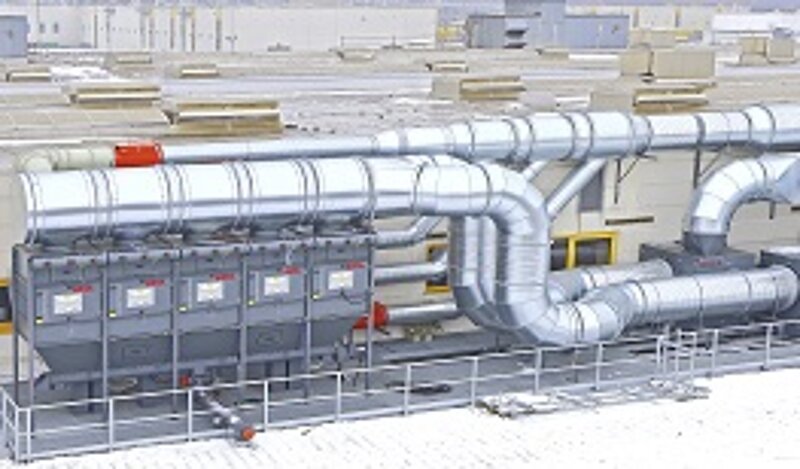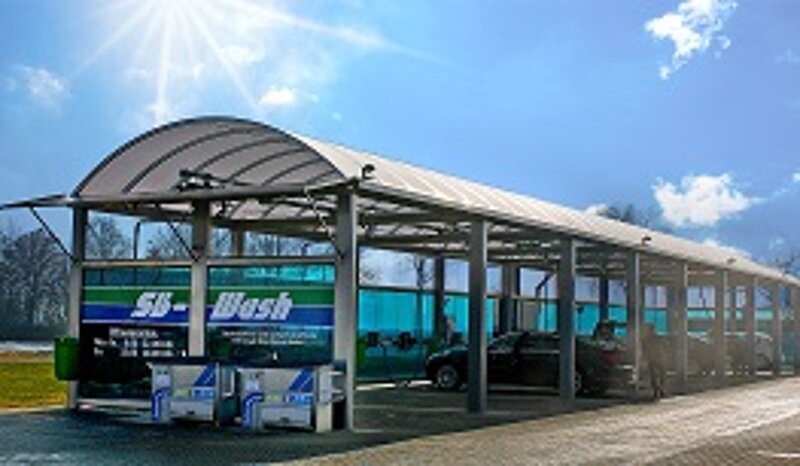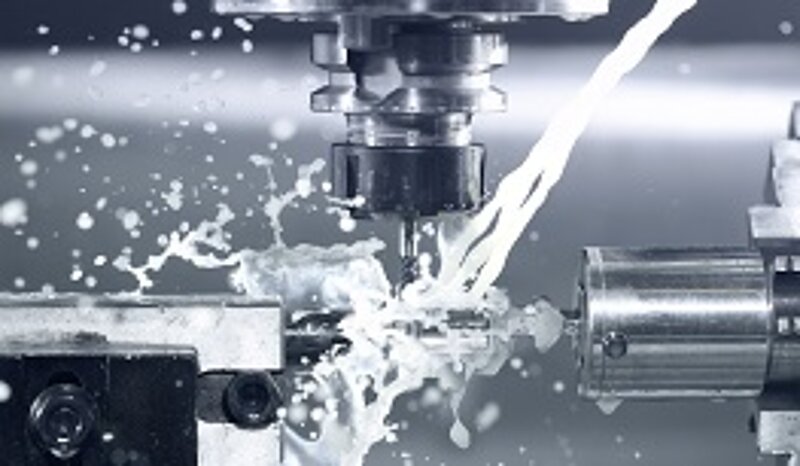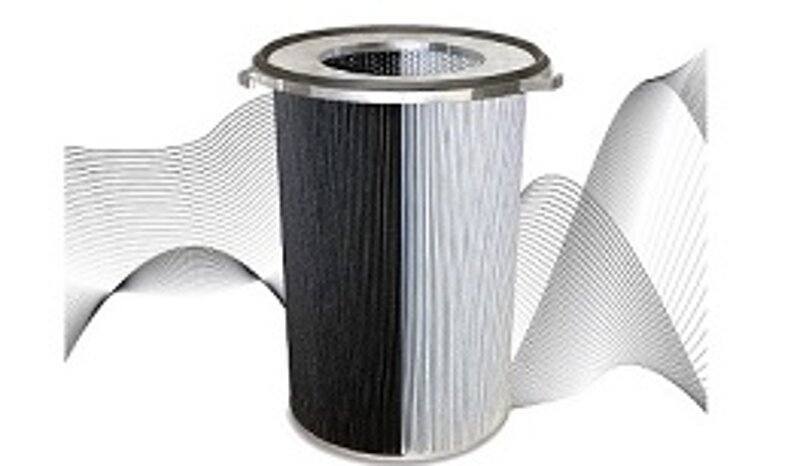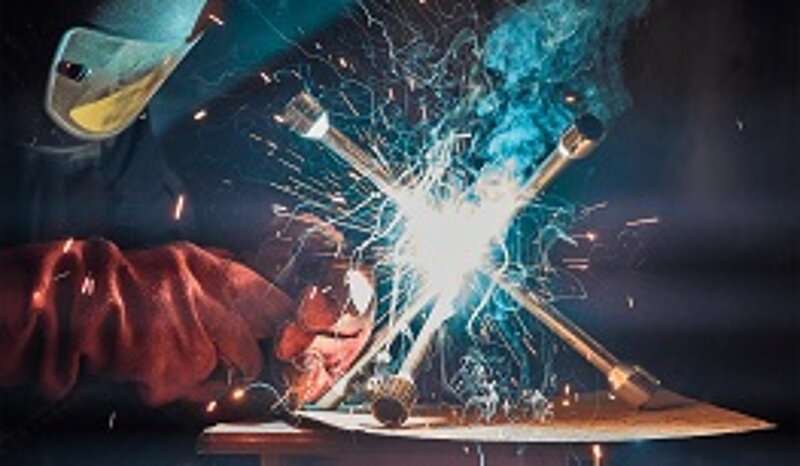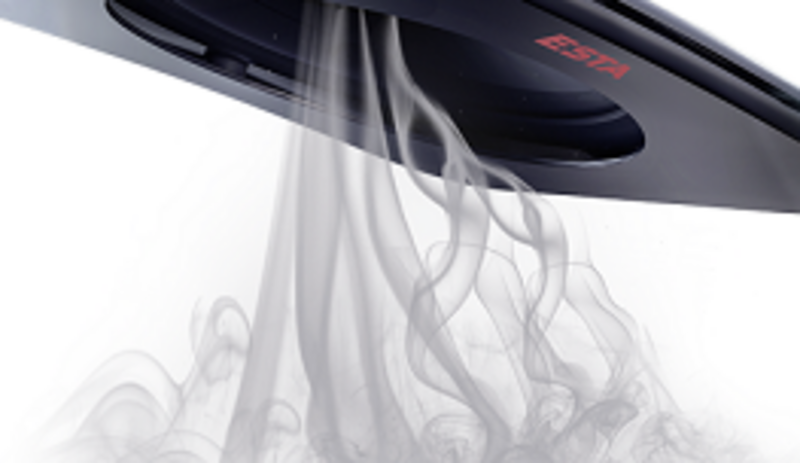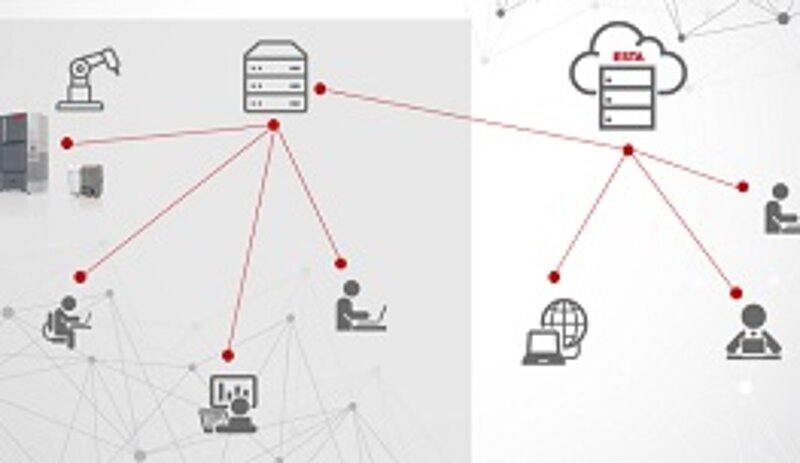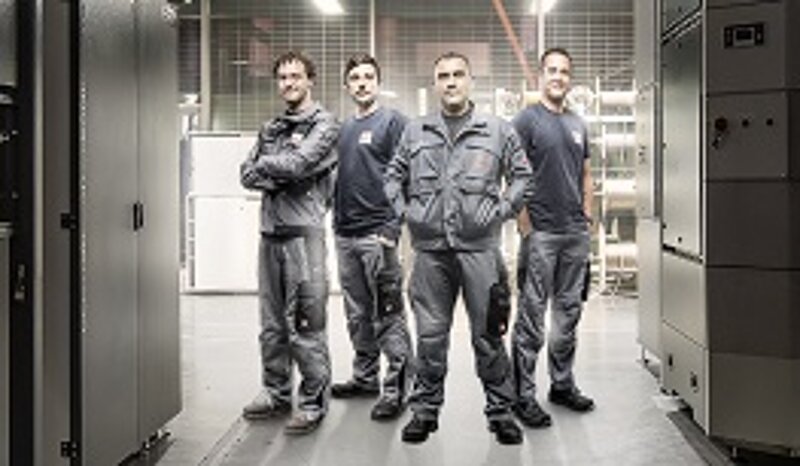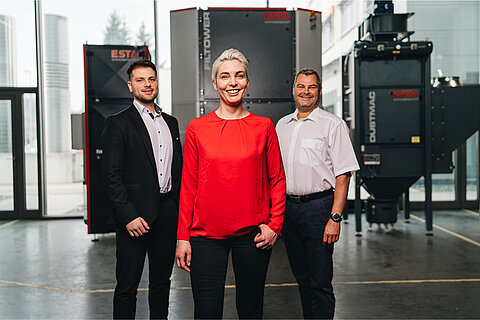KNOWLEDGE EXTRACTION SYSTEMS
When do I need a central extraction system? When do I need a mobile or stationary dust extractor? What are the respective advantages and disadvantages? What exactly is dust and what are the dangers of using cooling lubricants?
We answer these questions and more here!
OVERVIEW OF TOPICS
All topics
HOW IS A CENTRAL EXTRACTION SYSTEM BUILT?
Depending on function and possible applications, you need another central extraction system. We tell you the best solution for your application.
DECENTRALISED OR CENTRAL EXTRACTION SYSTEM?
When do I need a mobile / stationary or central extraction system? The appropriate extraction solution must always be defined for the individual application.
DRY SEPARATOR OR WET SEPARATOR?
Both dry separators and wet separators are suitable for the removal of dusts. We tell you here which extraction system is the right one.
MOBILE OR STATIONARY EXTRACTION SYSTEM?
How much dust is there and what kind is it? And how can this be collected? Whether a mobile or stationary extraction system is suitable can usually already be answered from these questions.
WHAT IS THE FUNCTION OF A PRE-SEPARATOR?
A pre-separator or pre-filter protects the main filter of the extraction system. We explain which pre-separator is the optimal solution for your application.
WHICH EXTRACTION SYSTEM FOR MY APPLICATION?
Depending on the application, different extraction systems are required. Find out more about their structure and how to choose to the right extraction system.
VACUUM SYSTEMS FOR CAR WASHES
With the right vacuum system for the right car wash concept: cost-free or chargeable vacuum systems? Self-service vacuum or a central car vacuum? We have the solution!
HOW DANGEROUS ARE COOLING LUBRICANTS?
What harmful emissions occur when using cooling lubricants? How can oil and emulsion mist be extracted and occupational exposure limits be complied with?
WHAT IS DUST?
What is dust? When does dust become dangerous? What is the occupational exposure limit? What particle sizes and types of dust are there? Find out more here!
WHAT TYPES OF DEDUSTING ARE THERE?
Whether manual, motorised or fully automatic - ESTA offers different dedusting systems depending on the extraction systems.
FAIL SAFETY / OPERATIONAL SAFETY
If, for example, harmful dusts can no longer be filtered through the extraction system, this can lead to a production stoppage. We ensure fail safety and operational safety!
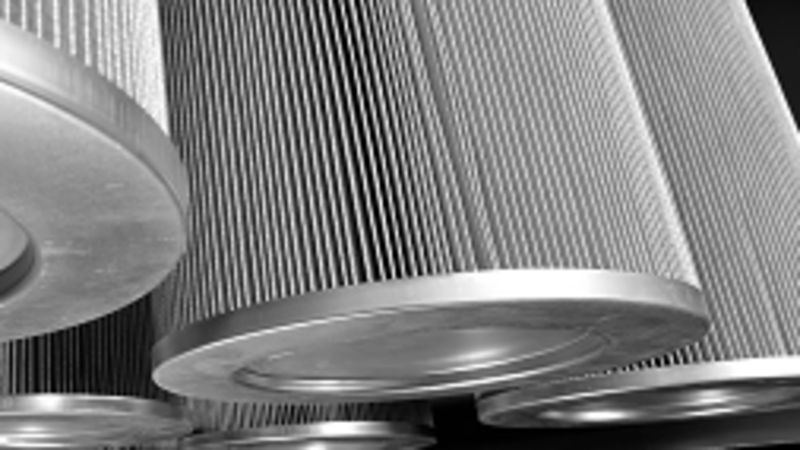
DIN EN ISO 16890: 2017
What has changed with the new test standard DIN EN ISO 16890: 2017? The new filter standard for general room air technology / coarse and fine dust filter technology.
VOLUME FLOW AND NEGATIVE PRESSURE
What is a volume flow? What is negative pressure? How are dust extractors and industrial vacuum cleaners different in terms of volume flow and negative pressure? Find out more here!
INDUSTRY 4.0 TECHNOLOGIES FOR EXTRACTION SYSTEMS
How can you imagine a digital factory? What is meant by remote maintenance, big data and predictive maintenance? Find out more here!
GUIDELINES FOR EXTRACTION SYSTEMS
What are the important guidelines for extraction systems? We show you the current version of the guidelines, standards and regulations in the field of extraction technology!
ATEX AND FIRE PROTECTION
There is a risk of fire and explosion in all industrial plants in which flammable dusts occur. ESTA extraction systems in ATEX design protect against this.
FREQUENTLY ASKED QUESTIONS (FAQ)
We give you answers: What does IFA W2 / W3 or ATEX mean? Which directives apply to certain types of dust?
Welding fume - How harmful is it?
What exactly is welding fume? What are the health risks? Are certain regulations and protective measures to be observed when working with welding fumes?
Hazardous substances
Hazardous substances - interesting facts for metalworking, surface treatment and plastics processing.
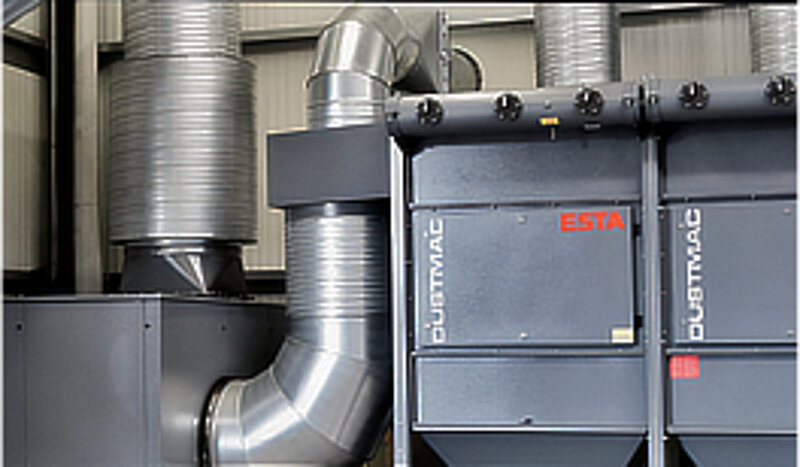
HVAC keeps air clean and fresh.
Good air quality is essential for health and productivity. HVAC systems ensure a healthy indoor climate.
CONTACT
WE ARE HAPPY TO PROVIDE A PERSONAL CONSULTATION
We can adapt our exhaust installations to your needs. Tailor-made, modular and individual. Ask us!
